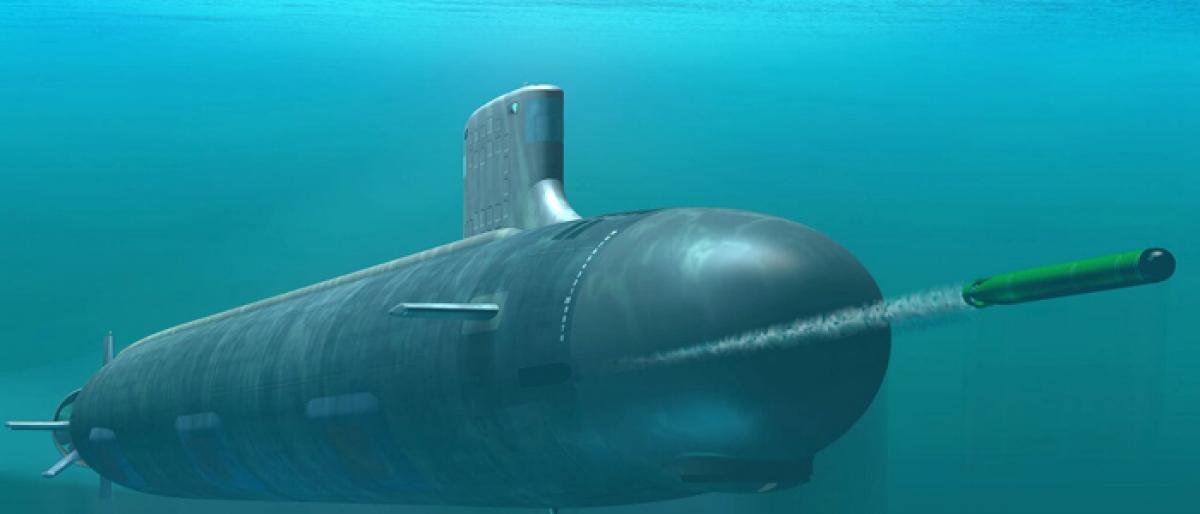Just In

India\'s indigenously-constructed nuclear submarine INS Arihant, which was quietly commissioned into service in 2016, has reportedly suffered major damage and has not sailed for months, according to a news report. The submarine was launched in 2009 by then Prime Minister Manmohan Singh and was formally commissioned by Navy Chief Admiral Sunil Lamba.
India's indigenously-constructed nuclear submarine INS Arihant, which was quietly commissioned into service in 2016, has reportedly suffered major damage and has not sailed for months, according to a news report. The submarine was launched in 2009 by then Prime Minister Manmohan Singh and was formally commissioned by Navy Chief Admiral Sunil Lamba.
With its commission, India had 'quietly' completed its nuclear triad. INS Arihant is a nuclear-powered ballistic missile submarine armed with 12 K-15 missiles with a range of 750 km, which will later be upgraded K-4 missiles with an extended range of 3500 km. India became the sixth country to have a nuclear triad i.e. capable of delivering nuclear weapons by aircraft, ballistic missiles and submarine launched missiles. Other countries with nuclear triad are Russia, United States, United Kingdom, France and China.
In November 2017, India tested the BrahMos missile from the Sukhoi-30 MKI platform. India maintains a no first use nuclear policy and has been developing a nuclear triad capability as a part of its credible minimum deterrence doctrine. India's nuclear-weapons programme possesses surface-to-surface missiles such as the Agni III and Agni IV. In addition, the 5,000–8000 km range Agni-V ICBM was also successfully tested beginning 19 April 2012 and is expected to enter service by 2016.
India has nuclear-capable fighter aircraft such as the Dassault Mirage 2000H, Dassault Rafale, Sukhoi Su-30 MKI, MIG-29 and SEPECAT Jaguar. Land and air strike capabilities are under the control of Strategic Forces Command which is a part of Nuclear Command Authority. A nuclear triad refers to the nuclear weapons delivery of a strategic nuclear arsenal which consists of three components: land-based intercontinental ballistic missiles (ICBMs), strategic bombers, and submarine-launched ballistic missiles (SLBMs).
The purpose of having a three-branched nuclear capability is to significantly reduce the possibility that an enemy could destroy all of a nation's nuclear forces in a first-strike attack; this, in turn, ensures a credible threat of a second strike, and thus increases a nation's nuclear deterrence, according to Wikipedia.

© 2024 Hyderabad Media House Limited/The Hans India. All rights reserved. Powered by hocalwire.com







